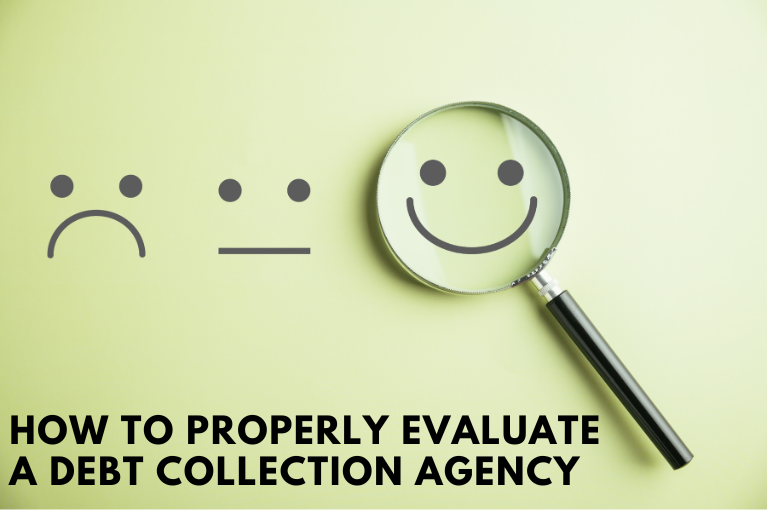The debt collection process is a necessary evil for anyone who extends credit to clients, customers, or other businesses. In an ideal world, everyone would earn plenty of money to pay all of their obligations on time, but in the real world, we are not always quite so fortunate.
When things get difficult and payments are missed, debt collectors are the ones that get tasked with tracking and collecting what is owed as efficiently as possible. Depending on who they are working with, this can fall into one of two categories: commercial debt collection and consumer debt collection.
Understanding the difference between these two types of debt collection is the key to unlocking some of the best practices and regulations to be aware of that will likely come into play during your collection attempts. For that reason, let’s take a closer look at each type and the similarities and differences between them.
Consumer Debt Collection Basics
Consumer debt collection describes debts that are owed by individuals, which can include anything from credit card balances and old utility bills to personal loans, medical debt, and mortgages.
Common examples of consumer debt collection scenarios might include a credit card company attempting to recover unpaid balances, a hospital seeking repayment for medical bills, or a mortgage lender attempting to recover delinquent mortgage payments.
The Fair Debt Collection Practices Act (FDCPA) is the key legislation that governs consumer debt collection. It was designed to protect consumers from predatory collectors in many different situations. Additional state and local laws around the country ensure that collectors do not exploit innocent consumers.
While there are many protections in place for consumers, the typical collection scenario in this case starts with a collection notice. That is often followed by some sort of negotiation. Should things fail to work out from there, a court judgment is usually the next step.
Commercial Debt Collection Basics
Commercial debt collection is the category that describes business-to-business transactions where the debtor is a business that purchased a product or service from the creditor business on some form of credit.
Some possible examples of commercial debt collection could be a supplier seeking payment from a retail business for goods delivered, a landlord collecting rent from a tenant, or a bank attempting to recover a business loan.
Because businesses are generally viewed as complex entities that can be expected to fulfill their obligations, many of the rules that govern other forms of debt collection do not apply here. However, there are still some state and local laws that will apply, so you will want to make sure you understand the rules in your specific location before conducting a commercial debt collection of any kind.
The process for commercial debt collection typically starts with friendly negotiations. Should things falter from there, the next step would be a formal demand letter followed by litigation and the eventual possibility of arbitration.
Key Differences Between Consumer and Commercial Debt Collection
The primary difference between consumer and commercial debt collection is the type and tone of communication required depending on the debtor. In commercial debt collection situations, you will typically find a more business-like approach that is wholly focused on settling the matter. On the consumer side, it becomes more important to respect the consumer and the rules related to contacting them.
Those rules are another key difference between consumer and commercial debt collection. With fewer rules in place to protect businesses, there is a wider range of options for achieving the end result. With consumer debt collection, it is of the upmost importance to respect the debtor by following all rules and regulations.
Key Similarities Between Consumer and Commercial Debt Collection
While there are some differences in approach and regulations, consumer and commercial debt collection are similar in that the ultimate goal is to settle the outstanding debt in a way that allows both parties to move on.
In addition to having a common goal, the basic process for both types of debt collection is essentially the same. Every debt collection on both sides starts with an intial communication, moves to some form of negotiation, and ends with either a court judgment or a settled account. There is just more emphasis on following the rules on the consumer side.
Whether you are tasked with collecting from consumers or commercial operations, having someone on your side who understands the complicated ins and outs of the debt collection industry can be a tremendous asset for your business. Partnering with a reputable debt collection agency can provide your operation with exactly that resource when you need it the most.






